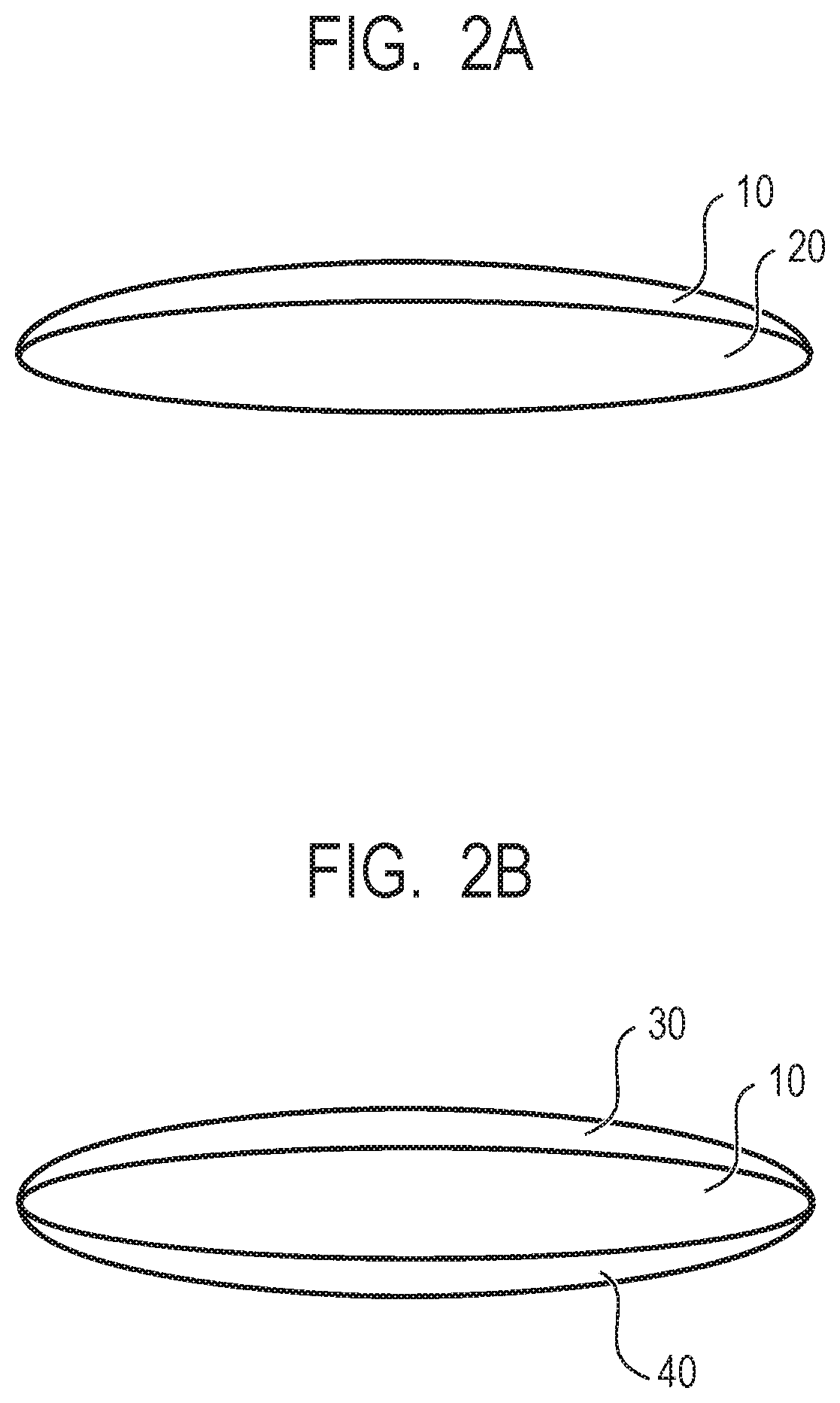Optical element, material, optical apparatus and compound
a technology of optical apparatus and compound, applied in the field of optical element, material, optical apparatus, compound, etc., can solve the problems of extremely small number of organic resins showing specific dispersion characteristics, and it is difficult to sufficiently correct chromatic aberration
- Summary
- Abstract
- Description
- Claims
- Application Information
AI Technical Summary
Benefits of technology
Problems solved by technology
Method used
Image
Examples
example 1
(Production of Compound Example N1)
(1) Synthesis of N1 Intermediate
[0078]
[0079]Under a nitrogen atmosphere, 2.0 g of 2-amino-9,9-dimethylfluorene, 5.30 g of 4-bromo-2-(trifluoromethyl)phenol, 2.76 g of sodium tert-butoxide, 0.27 g of bis(dibenzylideneacetone)palladium, 0.46 g of 2-dicyclohexylphosphino-2,′4′,6′-triisopropylbiphenyl, and 70 mL of orthoxylene were loaded into a 200-milliliter three-necked flask, and the mixture was heated to 130° C. After that, the mixture was stirred at the temperature (130° C.) for 10 hours. After the heating, the mixture was left to cool to room temperature, and then the organic phase was extracted with chloroform. The resultant organic phase was washed with brine and water in the stated order, and was dried with anhydrous magnesium sulfate. The resultant crude product was purified by column chromatography to provide 2.2 g of an N1 intermediate (yield: 43%). The structure of the intermediate was identified by 1H-NMR.
[0080]1H-NMR (CDCl3): δ 1.52 (s,...
example 2
(Production of Compound Example N22)
(1) Synthesis of N22 Intermediate 1
[0083]
[0084]Under a nitrogen atmosphere, 5.0 g of 2-amino-9,9-dimethylfluorene, 4.35 g of 4-bromobenzonitrile, 6.89 g of sodium tert-butoxide, 0.27 g of bis(dibenzylideneacetone)palladium, 0.46 g of 2-dicyclohexylphosphino-2,′4′,6′-triisopropylbiphenyl, and 180 mL of orthoxylene were loaded into a 300-milliliter three-necked flask, and the mixture was heated to 130° C. After that, the mixture was stirred at the temperature (130° C.) for 10 hours. After the heating, the mixture was left to cool to room temperature, and then the organic phase was extracted with chloroform. The resultant organic phase was washed with brine and water in the stated order, and was dried with anhydrous magnesium sulfate. The resultant crude product was purified by column chromatography to provide 7.5 g of an N22 intermediate 1 (yield: 72%).
(2) Synthesis of N22 Intermediate 2
[0085]Under a nitrogen atmosphere, 4.0 g of the N22 intermediat...
example 3
(Production of Compound Example N31)
(1) Synthesis of N31 Intermediate 1
[0089]
[0090]Under a nitrogen atmosphere, 15.0 g of 3-aminobenzotrifluoride, 20.95 g of 3-bromobenzotrifluoride, 26.85 g of sodium tert-butoxide, 2.68 g of bis(dibenzylideneacetone)palladium, 4.44 g of 2-dicyclohexylphosphino-2,′4′,6′-triisopropylbiphenyl, and 300 mL of orthoxylene were loaded into a 500-milliliter three-necked flask, and the mixture was heated to 120° C. After that, the mixture was stirred at the temperature (120° C.) for 6 hours. After the heating, the mixture was left to cool to room temperature, and then the organic phase was extracted with ethyl acetate. The resultant organic phase was washed with brine and water in the stated order, and was dried with anhydrous magnesium sulfate. The resultant crude product was purified by column chromatography to provide 19.2 g of an N31 intermediate 1 (yield: 68%).
(2) Synthesis of N31 Intermediate 2
[0091]Under a nitrogen atmosphere, 15.0 g of the N31 inter...
PUM
| Property | Measurement | Unit |
|---|---|---|
| temperature | aaaaa | aaaaa |
| temperature | aaaaa | aaaaa |
| temperature | aaaaa | aaaaa |
Abstract
Description
Claims
Application Information
 Login to View More
Login to View More - R&D
- Intellectual Property
- Life Sciences
- Materials
- Tech Scout
- Unparalleled Data Quality
- Higher Quality Content
- 60% Fewer Hallucinations
Browse by: Latest US Patents, China's latest patents, Technical Efficacy Thesaurus, Application Domain, Technology Topic, Popular Technical Reports.
© 2025 PatSnap. All rights reserved.Legal|Privacy policy|Modern Slavery Act Transparency Statement|Sitemap|About US| Contact US: help@patsnap.com



